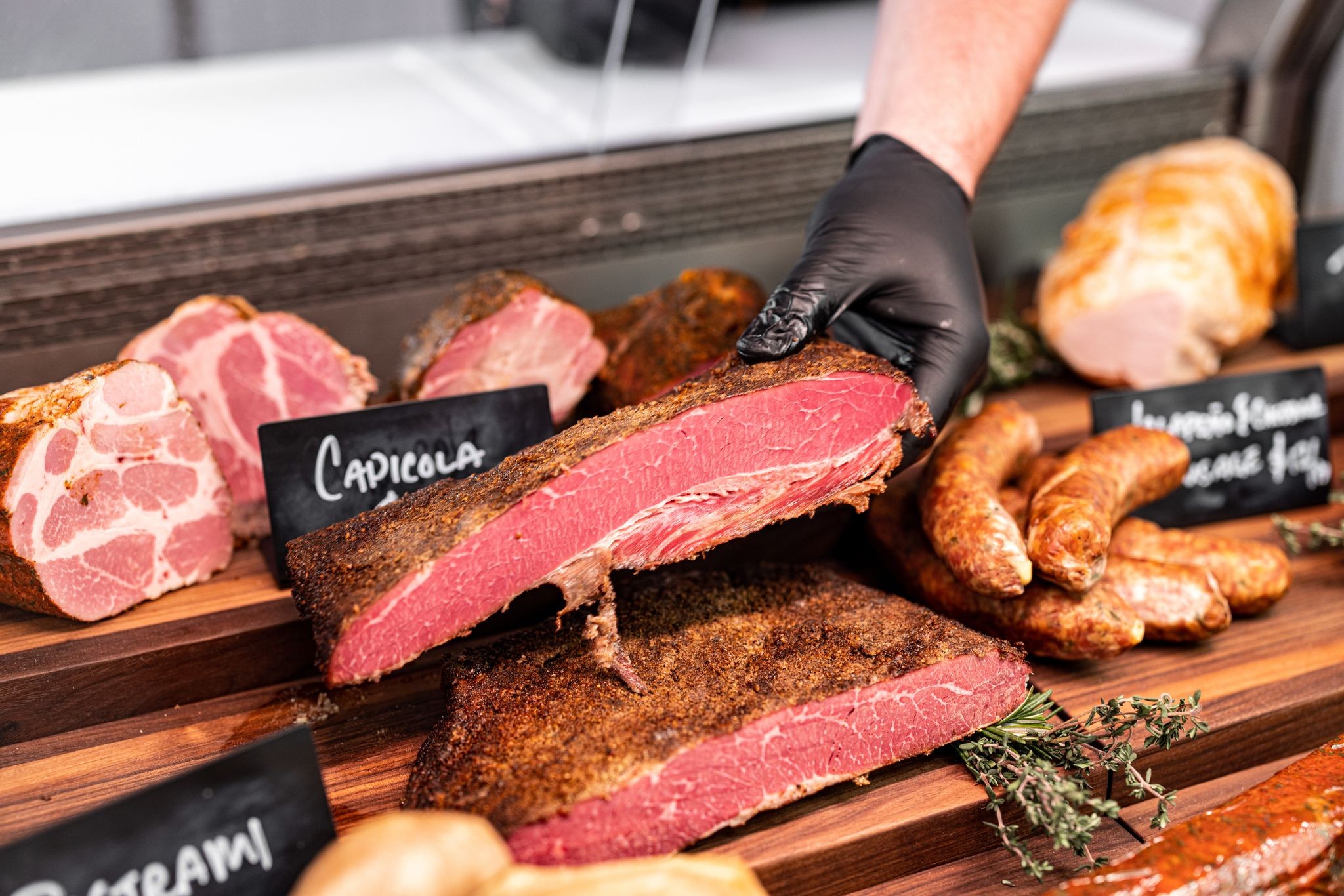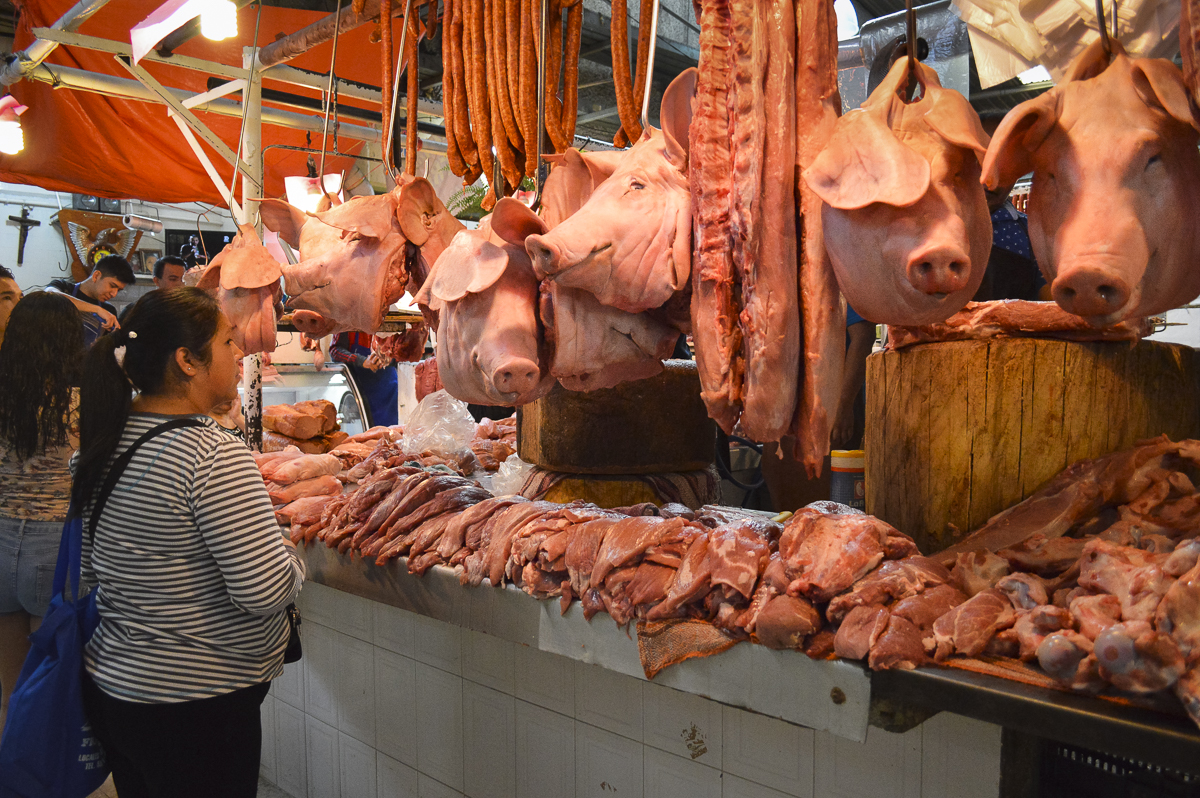Open the Tricks of High Quality Meat Option at the Nearest Market
When it comes to picking high quality meat at the local market, there are numerous aspects to consider that can substantially influence the preference and overall experience of your dish. From understanding the intricacies of meat grading systems to determining freshness, marbling, and optimum cuts for different meals, the procedure of selecting the very best meat can feel like an overwhelming job. By diving deeper right into the resource and manufacturing of the meat, as well as learning useful ideas for correct storage and handling, you can boost your cooking skills and produce remarkable meals that will certainly leave your preference buds desiring more.
Comprehending Meat Grading Solution
Recognizing meat grading systems is necessary for customers looking for high-quality cuts of meat. Meat grading is a voluntary process that evaluates the high quality and consistency of meat based upon factors such as maturity, marbling, and shade. The United States Division of Agriculture (USDA) is responsible for overseeing meat grading to guarantee that consumers receive precise information regarding the meat they buy.
There are two main meat grading standards made use of in the United States: high quality grades and yield grades. Quality grades examine the flavor, tenderness, and juiciness of the meat, with USDA Prime being the finest quality grade, complied with by Selection and Select. bagley meat market edwardsville il. On the various other hand, return qualities focus on the amount of functional meat obtained from a carcass, varying from Quality 1 (high return) to Grade 5 (reduced return)
Recognizing Freshness and Marbling

After gaining an understanding of meat grading systems, consumers can currently turn their focus to determining quality and marbling in the meat they select at the market. Freshness is a critical element when picking high quality meat. One means to determine freshness is by inspecting the color of the meat. For example, beef should have a vivid red shade, while pork needs to be pink and fowl needs to have a pinkish hue. In addition, the meat ought to not have any kind of repulsive odors, as this might show perishing.
When selecting meat, look for well-marbled cuts to make sure an extra flavorful and tender dining experience. By paying interest to quality and marbling, customers can make enlightened decisions and appreciate high-quality meat products.
Ideal Cuts for Various Dishes
When thinking about optimum cuts for various dishes, it is vital to match the attributes of the meat to the cooking technique and dish demands. For recipes that call for long, slow-moving cooking like braises or stews, tougher cuts with more connective cells, such as chuck or brisket, are excellent.
Steaks are best made from cuts like ribeye, T-bone, or New York strip as a result of their marbling, which boosts taste and juiciness when cooked rapidly at high warm. Ground meat from chuck or round is excellent for dishes like hamburgers or meatballs, offering a great equilibrium of fat and flavor. When making roasts, such as a prime rib or pork loin, lean cuts with a layer of fat on the outdoors aid keep the meat wet and tender why not try this out during food preparation. By picking the right cut for every meal, you can raise the flavor and structure of your dishes to brand-new heights.
Understanding the Resource and Production

Sourcing meat responsibly and recognizing its manufacturing process are essential steps in making certain the top quality and honesty of the final product. When picking meat, it is important to recognize where it comes from and how it was created. Ideally, customers should select meat that is sourced in your area or from relied on providers who comply with honest and sustainable practices. By choosing meat from respectable resources, customers can have a lot more confidence in the high quality and safety and security of the product they are buying.
Understanding the production process of meat is similarly vital (bagley meat market edwardsville il). Customers must be mindful of just how the pets were elevated, what they were fed, and whether any type of prescription antibiotics or hormonal agents were utilized during the rearing procedure. This details not only influences the top quality of the meat but also has implications for pet well-being and environmental sustainability
Tips for Appropriate Storage and Handling
For ideal top quality and safety and security of meat items, proper storage and handling methods are important. When storing meat, it is crucial to maintain it at the right temperature level.
For best outcomes, cover the meat tightly in plastic cover or aluminum foil before placing it in an impermeable container or freezer bag. Thaw frozen meat in the fridge or utilizing the defrost setup on the microwave to stop microbial growth.
When managing meat, always wash your hands, tools, and surfaces with warm, soapy water prior to and after call to stay clear of cross-contamination. Usage separate cutting boards for meat and other foods, and browse this site cook meat to the recommended inner temperature level to ensure it is safe to consume. By adhering to these storage and handling ideas, you can maintain the top quality and security of your meat products.
Verdict
In final thought, understanding the art of choosing quality meat involves recognizing rating systems, determining quality and marbling, selecting optimal cuts for various meals, and understanding the resource and manufacturing approaches. Appropriate storage and handling are additionally crucial to preserving the quality of your meat - bagley meat market edwardsville il. By adhering to these standards, you can make certain that you are picking the best meat readily available at your local market
From understanding the intricacies of meat grading systems to recognizing freshness, marbling, and optimum cuts for different dishes, the process of picking the ideal meat can seem like a daunting job.Recognizing meat grading systems is important for consumers looking for top notch cuts of meat. Meat grading is a voluntary process that examines the quality and consistency of meat based on aspects such as marbling, shade, and maturation. The United States Department of Farming (USDA) is liable for overseeing meat grading to guarantee that consumers receive exact details about the meat they buy.
